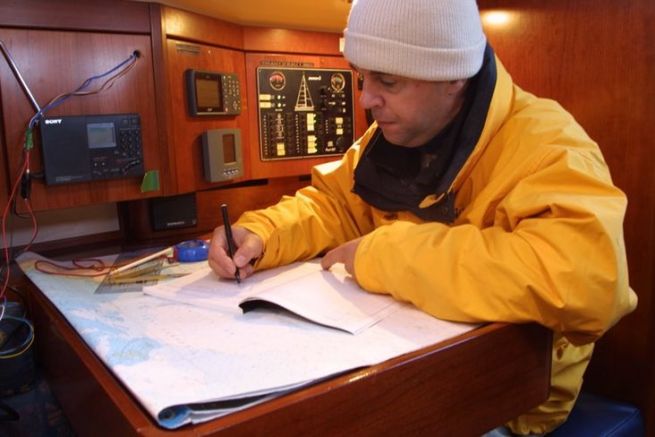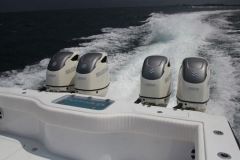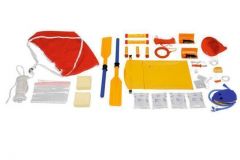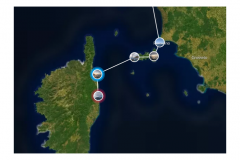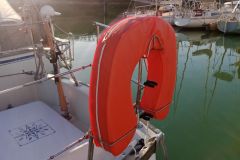Division 240, the legal document that governs our boating practices, in its section 240 - 3.09 stipulates the information that the logbook must include, at a minimum:
- Date & time of completion
- Composition of the crew
- Time of departure
- Weather forecast and observed time
- Position, route
- Tracking and speed at regular intervals
- Fuel consumption and reserve
- Any incident, breakdown or damage on board or observed in the navigation area
This document will be the one that, in case of major damage ( loss of the boat, human drama.. ) will be used to retrace the events. It will be used to place them in time and space, well before the statements of the captain or the crew. It is therefore on this basis that legal proceedings may or may not be initiated and that the personal responsibility of the captain will be sought.
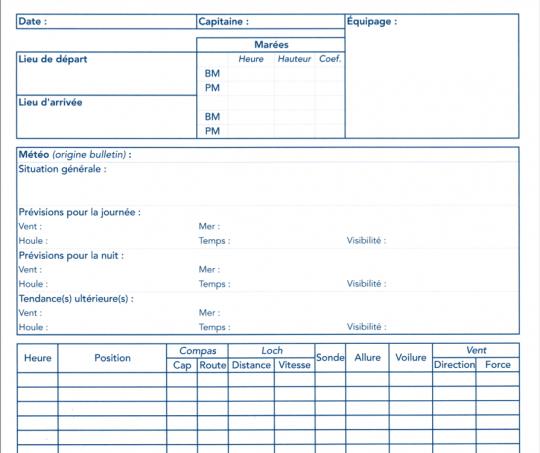
Clarity and Method
When filling out the logbook, imagine that it will be filled out by someone who is not at all familiar with boats or navigation. Therefore, do not use jargon or incomprehensible terminology. Also, don't overload the entries and adopt a method from the start. For example, if your log is " free " ( no formal box ), always arrange the information in the same order.
Record all sea events
The ideal logbook will contain all the events that occur on the boat. There is no maximum limit. Sometimes insignificant data can become important, at least in the memory that you will have of each trip at sea. Because it is also one of the interests of the logbook to constitute the memory of your activity. You can, for example, record the times and composition of meals, the crew's injuries, the good or not so good moments spent with the other crew members or even the technical checks you have carried out while at sea ( oil level check, remaining fuel quantity.. ). Although trivial, this information will be useful and pleasant to review afterwards, if only to debrief on land after a cruise.
How to fill in the logbook?
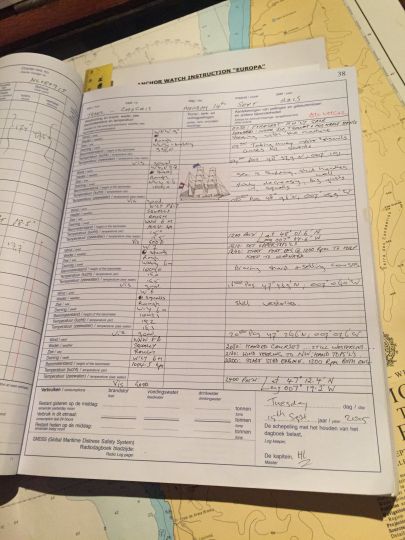
- Make entries every hour
As far as possible, you fill in your log every hour. We note the GPS position, the weather, the course and the speed. This way, if an electronic failure occurs, you can maintain your estimate from a point that is not too old. - Separate navigation from maintenance
On board, we need a maintenance log for the engine (fuel filling, oil change...) or other equipment (generator, watermaker, water tank...). This information will be recorded separately from the logbook in order to access it quickly and efficiently. - Correct errors without overwriting or crossing out
If you need to correct or complete an entry, create a new one instead. You can date it to one minute later than the previous one and, while recapitulating the correct information, correct errors or complete entries.
Paper or computer?
The question may arise whether to write this logbook on paper or on a computer. Indeed, the digital version is now allowed. By default, we would like to answer you to choose by drop. However, the logbook completion tools have the advantage of standardizing the entries. With a clear limitation, the durability of the information. If paper has not evolved much, software, spreadsheet versions and other computer systems have changed radically.
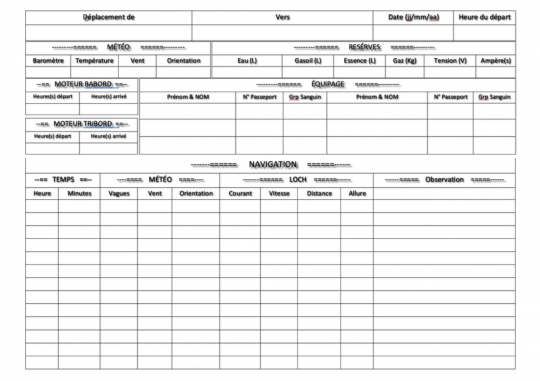
If you choose the paper version, try to remain rigorous. Keep it clean, write legibly and cross out as little as possible.
The computerized version of the logbook should allow you to save the data entered on your computer. Navigation software now offers this recording (often automatic) by completing it with the boat's data (position, speed, heading, wind parameters...). vYou can then complete it with your comments. However, you must remember to make regular backups.
When choosing a tool, keep in mind the principle of simplicity that should govern the choice of software. A solution that is too complicated or offers too many options may be attractive at first, but will be complicated to maintain over time.
Initialize the logbook
On the first page describe ( in English ) the entries. Thus, on this page will appear :
- the start date of the log - the very first entry
- the closing date - its most recent entry
- the identity of the captain
- some basic principles ( time zone constantly used in the entries, date format .. ).
Keeping the logbook
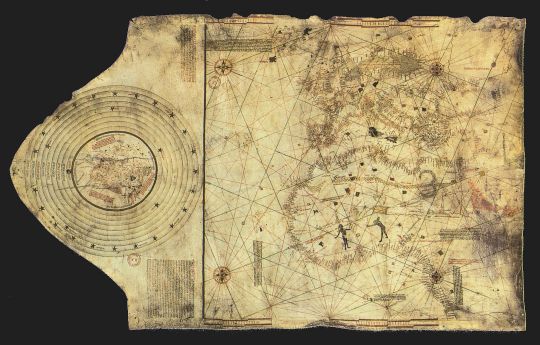
The legislation does not impose any obligation to keep the logbook once you return to shore. In principle, therefore, if no incident has occurred, you have the right to destroy the logbook. However, we recommend that you keep it as a souvenir.
If you have opted for the computer version of the logbook, export it in a stable format ( text, xml .. ) and uncompressed and store it safely. This is so that you can access it in a few years.
